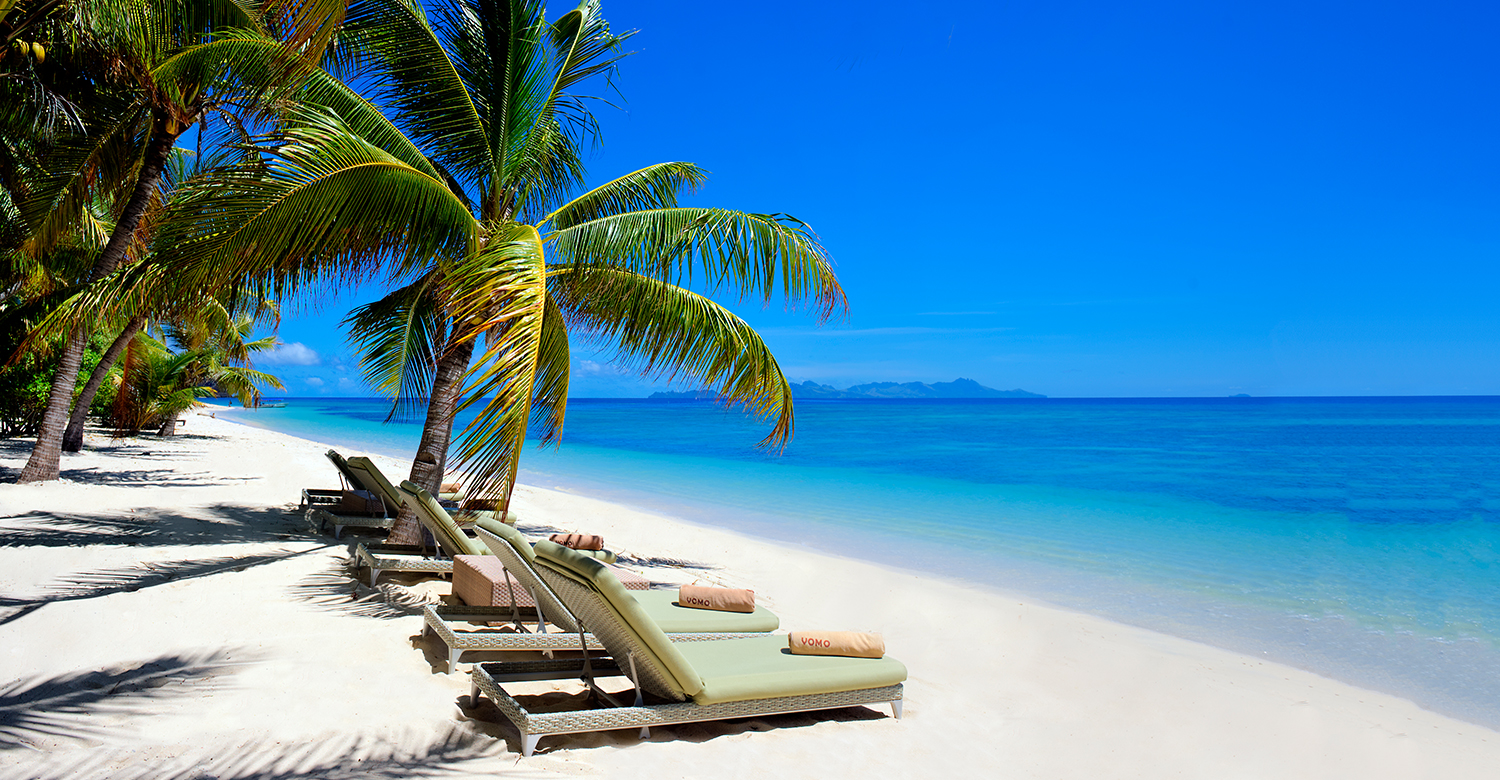
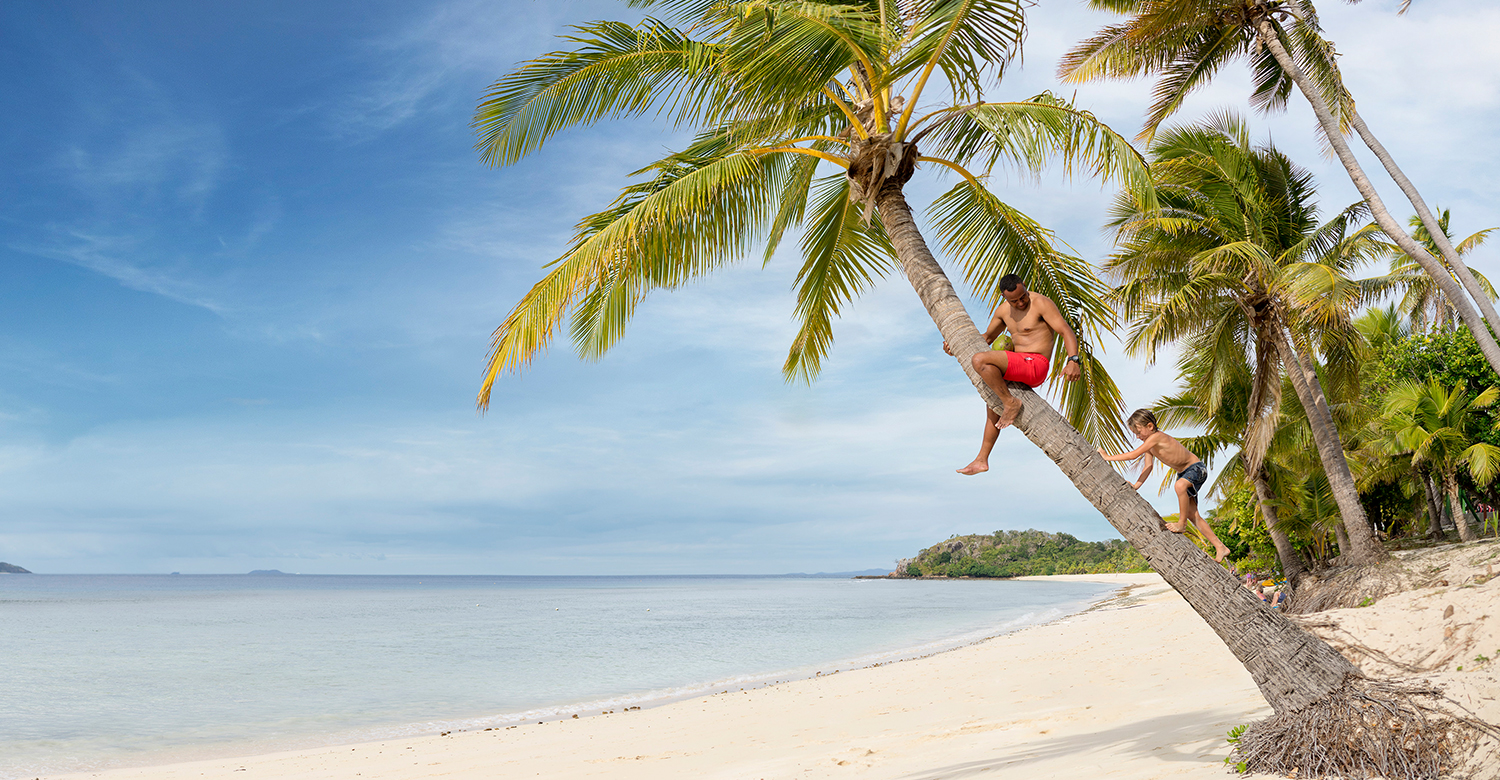


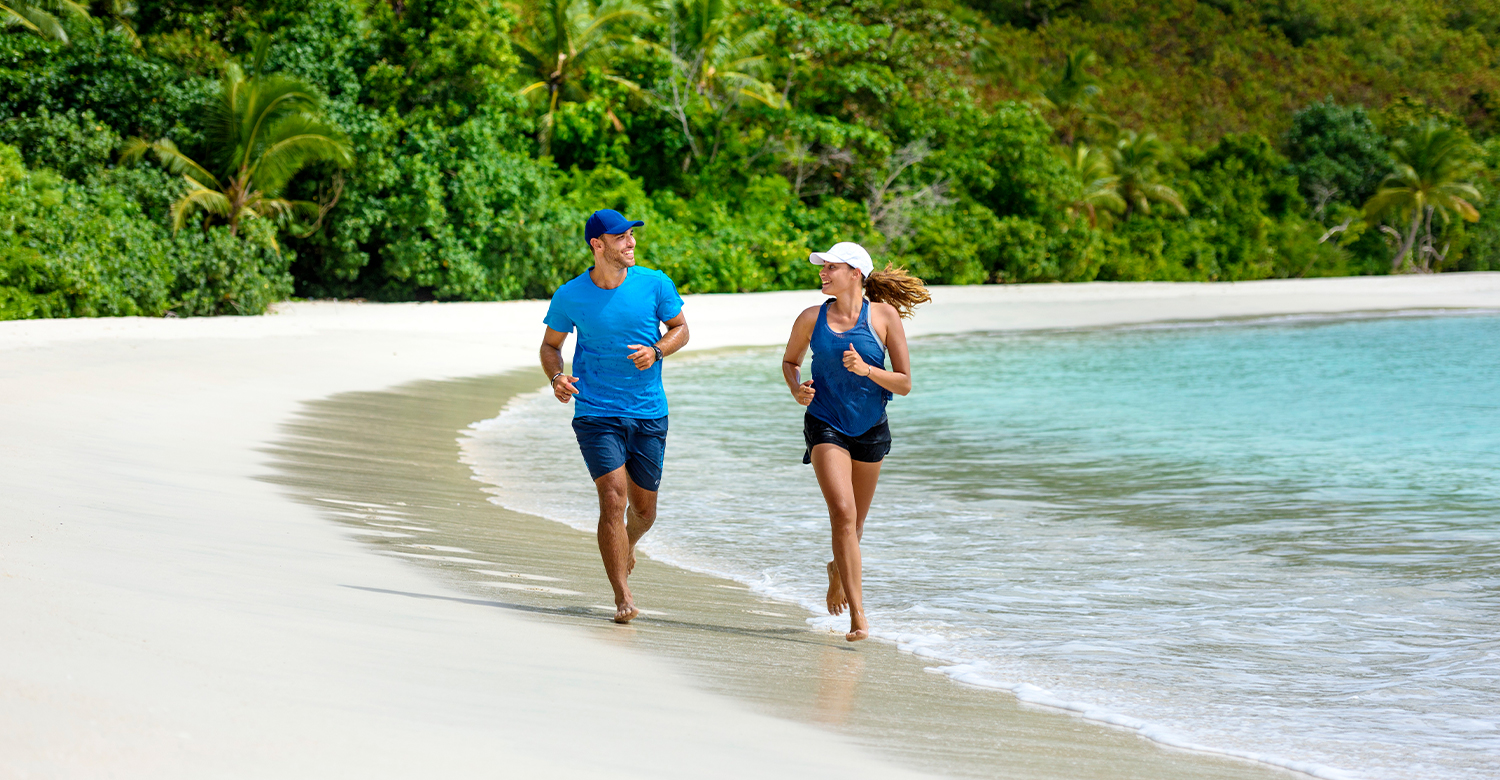

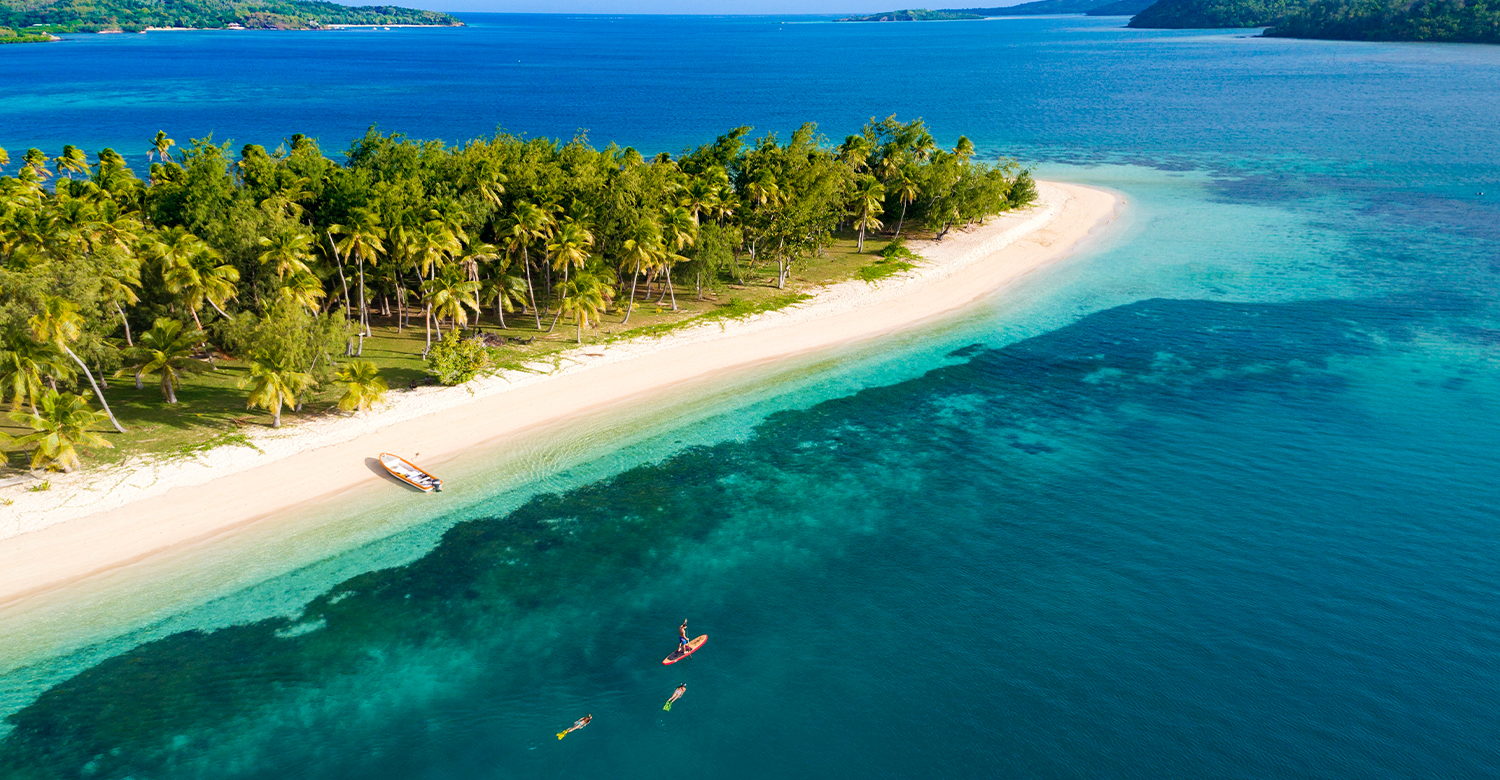
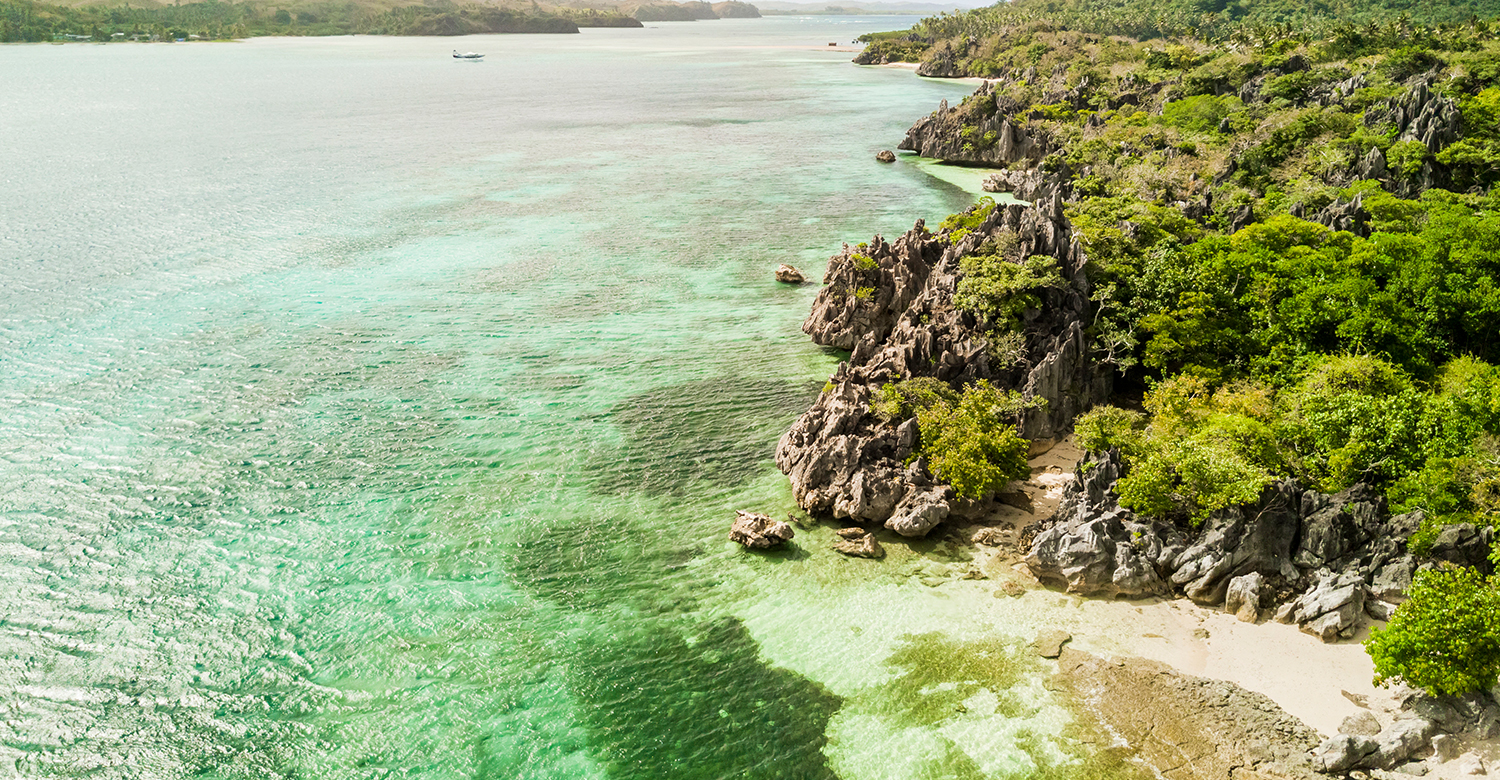
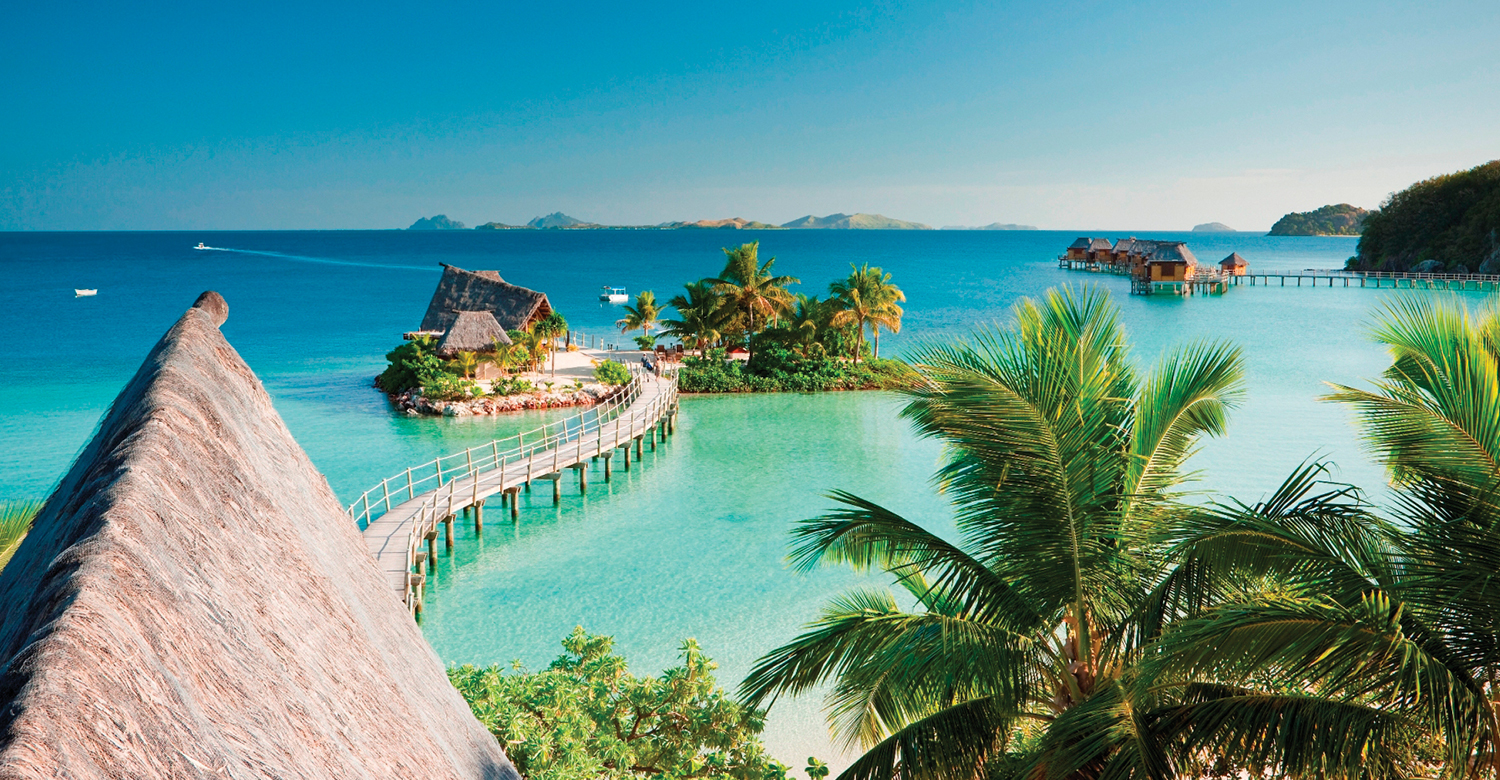

Fiji Holiday Packages and Travel Deals
In Partnership with
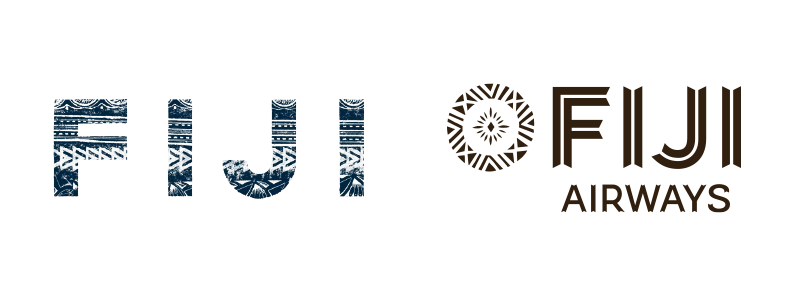
FIJI HOLIDAY PACKAGES
Helpful Information
When to visit
One of the questions we always get is "When is the best time to go?" There are many factors that contribute, such as temperature, rainfall, peak tourism times and deals. Fiji is a wonderful destination to visit year-round with generally pleasant and mild weather throughout the year. There really isn’t a bad time to ever visit Fiji, however being a tropical climate, there are wet and dry seasons.
Dry Season (May – October)
The Dry Season is during the Winter months, between May - October. However, in Fiji you can barely call it winter, with the lowest temperature being a mild 18 °C. You can expect clear, blue-sky days, low rainfall, less humidity and minimal risk of cyclones. The average daytime temperature lies between 26-27 °C, nights are cooler but, the weather's still balmy.
Peak Season - June to September is the best time to escape the cold in Australia, making it Fiji’s Peak season. The July school holidays are by far the busiest time of year aside from Christmas, where occupancy is at its highest.
Diving - The Best time to go Diving is between May - September when the clarity is at its best. Some divers however do prefer the wet season as water temperatures are warmer meaning they don't need to wear a wetsuit.
Manta Rays - During the months of May - October you can swim with magnificent manta rays, some of these rays have a wingspan of more than 6 meters! The best spot to swim with these creatures is up in the Yasawa Islands – ask one of our specialists for more details!
Wet Season (November – April)
The Wet Season falls during the summer months, where temperatures are high and increased levels of humidity lead to high levels of rain over the islands. While things can get quite wet, showers don't usually last for very long, allowing plenty of time to enjoy some sunshine. Temperatures are at a comfortable 22-33°C, however during these months there is an increased risk of cyclones.
Low Season - Travelling during this time is also great being the low season (except for around Christmas time) as prices are cheaper, plus there will be less crowds.
We are proud to share what the team at Rosie Holidays has been working on in preparing for a safe welcome back to customers to the islands of Fiji once borders re-open.
About Us
Welcome to Fiji! Bula! Known as the jewel of the South Pacific, Fiji is a collection of 333 stunning islands that offer breath-taking beaches, world-class resorts, and year-round warmth. Whether you're an Aussie traveller or from anywhere else, Fiji's hidden gems and tropical hideaways ensure that each trip is unique and unforgettable. And the best part? Fiji is conveniently located less than a 4-hour flight from the East Coast of Australia.
Families and romantics have long been drawn to Fiji's white sands, coral reefs, friendly locals, and captivating mountainous landscapes. But there's so much more to discover in this tropical paradise. With its diverse range of experiences, Fiji appeals to a wide range of tourists.
Fiji's pristine beaches and crystal-clear waters are perfect for snorkelling and diving enthusiasts. The vibrant coral reefs and rich marine life offer unforgettable underwater adventures. Whether you're a beginner or an experienced diver, Fiji's underwater world will leave you in awe.
Beyond its coastal beauty, Fiji's inland landscapes are equally captivating. From rugged mountains to lush greenery, the natural beauty of Fiji is simply breath-taking. Some of the activities that nature lovers can enjoy are hiking, nature walks, and exploring hidden waterfalls and rainforests.
But it's not just the natural attractions that make Fiji unique. The warm and welcoming locals add to the charm of the destination. Fijians are known for their genuine hospitality, making visitors feel at home.
While Fiji has popular tourist spots, many hidden gems are waiting to be discovered. From secluded islands with private resorts to off-the-beaten-path villages where you can immerse yourself in local culture, Fiji offers a variety of unique experiences.
With its convenient proximity to the East Coast of Australia, Fiji is easily accessible for travellers looking for a quick escape. The short flight time makes it an ideal destination for short getaways and more extended holidays.
So, whether you're looking to relax on pristine beaches, explore the underwater wonders, or immerse yourself in local culture, Fiji has it all. Experience the beauty and warmth of this South Pacific gem. Vinaka vakalevu!
People & Language
The population of Fiji is more than 880,000 people and is a mixture of indigenous Fijians, Indo-Fijians, Chinese, Part Europeans and other Pacific Islanders. Despite their varied cultural backgrounds, locals collectively are referred to as Fijians.
Fijians are naturally kind, welcoming people and are often referred to as some of the nicest people in the world! You will soon see what we mean as soon as you arrive and are welcomed by song and dance. You will get very familiar with the word “Bula” which is used for Hello, it literally means life and is used to wish you good health.
English is Fiji's official language but often you will find that most people are bilingual and speak Fijian or Hindustani as well.
Getting around
Fiji has 333 islands scattered around the turquoise waters of the South Pacific Ocean and getting around Fiji is half the fun! Whether you choose to go via the road, sea or air there’s something for everyone’s taste and budget!
By Boat
Island hopping around the stunning islands of Fiji is one of our favourite things to do! Whether its sailing, cruising, transfer boats, speedboats, day cruises or ferries – there’s something for everyone!
Fast Passenger Catamarans - these are a great option if you want to visit the Mamanuca and Yasawa Islands as they offer fabulous views from their upper deck and have the enclosed air-conditioned seating on the lower levels. There are plenty of daily departures from Port Denarau and they usually stop off at multiple island resorts along the way so it’s a great way to see some different islands.
Water Taxi's - This is a great option if your flight arrives too late to connect to the normal Catamarans or you prefer a direct connection out to your island resort. They usually run 24/7 from Port Denarau and service all resorts in the Mamanuca and lower Yasawa Islands.
By Road
Shared and Private Transfers – The most popular way to visit the resorts on the mainland is through a shared or private transfer that will pick you up directly from the Airport. These are very reliable and comfortable. Shared transfers are usually a coach or minivan depending on the numbers of passengers that need to pick up, and they stop off at multiple resorts along the way. Private transfers will take you directly to your resort and this is usually the quickest way to get to your destination of choice on the mainland.
Car - On the main island of Viti Levu a car is a great option if you are after flexibility and want to explore the countryside. Although buses travel to most regions, the freedom to stop for photos and chat with locals along the way is a great bonus! To rent a car you need to be 21 years or older and need to hold a driving license from an English-speaking country. (Drivers from other countries will need an international driving permit). Sealed roads are usually well-constructed, however drivers should keep an eye out for potholes and speedbumps especially when nearing a village and also watch out for animals as they sometimes graze on the side of the road - especially at night.
Bus – With no rail service in Fiji and few people owning cars, buses are the only practical way for the public to affordably get around the main islands of Viti Levu and Vanua Levu. Local buses are very affordable and usually have open windows and stop at multiple stops – are great way to experience how the locals live.
By Air
Seaplane - For those islands that don’t have an airstrip, a seaplane is a great way to make an entrance and make for the perfect start to your holiday!
Domestic/Charted Flight & Helicopter - There are 28 airports and airfields scattered around the country, allowing for many different options on how you can arrive to your paradise destination. These flights are incredibly scenic are a great way to save lots of time on your holiday!
Village Visits
There are lots of traditional villages you can visit on your holiday in Fiji and it's a great way to learn about the Fijian culture and to get a glimpse into the daily lives of locals. Here are a few things you should know before entering a local village:
- Always go with a guide - as there are many complex traditional protocols to observe.
- Dress conservatively - women should wear a T-shirt and a long 'sulu' (sarong) to cover themselves.
- Remove any hats and sunglasses when you're in the village.
- The head is sacred, it’s also taboo to touch someone’s head - even small children.
- You need formal permission to enter a village and you should gift a kava root to the village chief (Your tour guide will do this for you).
- A formal 'sevusevu' ceremony will take place which involves speeches of offerings and acceptance.
- It is polite to be quiet during the ceremony and only take photos when the headman says it's appropriate.
Kava -The Fijians consider Kava to be their national drink and they drink it frequently especially during ceremonies. It's made from the roots of a pepper plant and provides a relaxing sensation and sometimes leaves a numb feeling around the mouth, lips and lounge. If you are offered a bowl of kava, you need to cup your hands and clap once before accepting, greet your host with a loud ' Bula', then consume the kava all at once, hand the bowl back before clapping 3 more times.
Things to Do in Fiji
Fiji is never short of thrilling activities to try. Travellers can visit the Beqa (pronounced as “Benga”) Lagoon Shark Dive and have a face-to-face experience with marine animals in their natural habitat. Explore the deep waters of the lagoon and see bull sharks, white tip reef sharks, tiger sharks and other species in the wild.
If you want more of that adrenaline rush, make sure to include the Pacific Harbour in your itinerary. Enjoy river rafting in the Upper Navua River, jet skiing across clear waters or ziplining through the jungle. Apart from these activities, there are restaurants, souvenir shops and cultural shows for everyone.
Explore the Sigatoka Sand Dunes National Park while you’re in Fiji. You can choose between a one-hour walk to the beach or a two-hour walk along the ridgeline. You can also visit various archeological sites in the area and see ancient pottery, tools and burial sites.
Must-visit Attractions in Fiji
Fiji isn’t just known for its friendly people but also for its tropical islands. Plenty of attractions await tourists in Fiji’s more than 300 islands.
Cloudbreak is a must-visit for adrenaline lovers. It’s not for the faint of heart as the surf break can be long, hollow and powerful, making it one of the most challenging waves for surfers in the world. Cloudbreak boasts a fast, barreling left-hand break over a shallow reef that is both exciting to try and thrilling to watch.
If you’re a hiker or birdwatcher, you will enjoy the natural beauty of Taveuni’s Bouma National Heritage Park. This 150 square-kilometre rainforest has tropical plants and an impressive diversity of birds. Other sights include the Tavoro Waterfalls, crater lake Tagimaucia and De Voeux Peak, the country’s second-highest mountain.
Best Time to Visit Fiji
Before booking our Fiji holiday packages, there are many factors to consider, such as the country’s temperature, rainfall and the number of tourists.
The weather from November to April is generally hot and humid, while May to October experiences dry and mild temperatures. To get the best deals while enjoying the natural beauty of Fiji, plan your holiday from mid-October to mid-November so you’ll have fewer crowds and enjoy the warm and pleasant weather.
June to September are also great months to escape the cold climate in Australia. Enjoy the winter school holidays while far from the Christmas season in Fiji, where occupancy and prices are at their peak.
Known Destinations in Fiji
Book our Fiji holiday packages to visit these known destinations in the country.
Learn more about Fiji’s fascinating culture by visiting the Fiji Museum at Viti Levu. The exhibits showcase the country’s brief history, including British colonialism and the influence of the Indian population.
Kula Eco Park is also a perfect destination for kids. Named after the country’s national bird, Kula Eco Park is home to various flora and fauna you can’t find anywhere else. You can also spot some flying foxes, parrots and the endangered Fijian iguana.
While Fiji is known for its beaches, the Nausori Highlands is described as its best-kept secret. It is a side of Fiji you don’t see in brochures and on the internet, so you have to go there yourself. Located west of Viti Levu are picturesque villages, dramatic waterfalls and stunning agricultural landscapes.
Best Hotels in Fiji
Reserve a room at the most luxurious hotels when you book our Fiji holiday deals.
Likuliku Lagoon Resort is situated amongst the green hills of Malolo Island, perfect for a serene and luxurious island escapade. Its unique overwater bures and scenic beachfront bungalows offer unmatched tranquillity. Enjoy signature Fijian attractions, such as white sandy beaches, refreshing tropical flowers and clear turquoise waters when you book your stay here.
The Royal Davui Island Resort is perfect for serene honeymoons. This secluded island set on 10 acres of lush tropical greenery only has 16 private pool villas. Each villa provides guests with a breathtaking view of a tropical paradise.
Just 30 kilometres west of Nadi International Airport is the Matamanoa Island Resort. You can reach this adults-only resort via high-speed catamaran or helicopter if you seek that ultimate experience.
Post Lockdown in Fiji
Fully-vaccinated individuals can enjoy quarantine-free travel to Fiji. The island destination has also simplified its entry requirements. All you need to present is your proof of complete vaccination and a negative COVID test taken one to two days before your flight and travel insurance. Travellers must also take a pre-booked RAT test within 48 to 72 hours upon arrival.
The Fijian government has not required the mandatory wearing of masks but is recommended for crowded indoors and public places like restaurants and tour buses.
Flying to Fiji
You can book a non-stop flight to your destination with Fiji Airways from Sydney, Brisbane and Melbourne. All international flights arrive in Fiji via the Nadi International Airport. You can choose from the many domestic connections to enjoy island hopping right away.
Other Destinations
Don't stop exploring! Dive deeper into island paradises with our other Island Holiday Packages.
Why Visit Fiji
Known as the jewel of the South Pacific, Fiji is a collection of 333 stunning islands that offer breathtaking beaches, world-class resorts, and year-round warmth. Explore the bustling markets of Suva, where you can find local crafts and fresh produce. Visit the beautiful Mamanuca Islands for a day of sun and sea or take a cultural tour to learn about the traditional Fijian way of life. And the best part? Fiji is conveniently located less than a 4-hour flight from the East Coast of Australia.









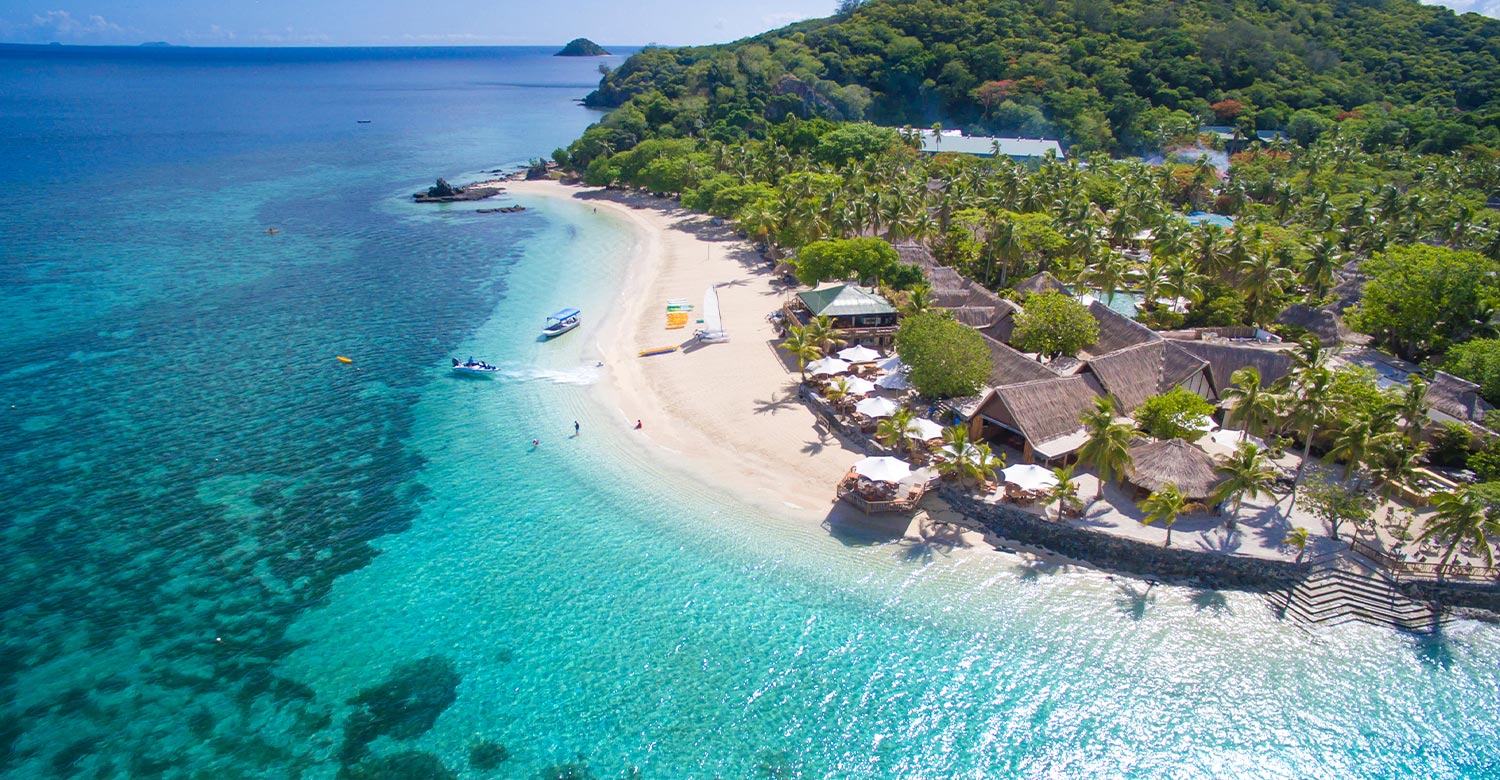
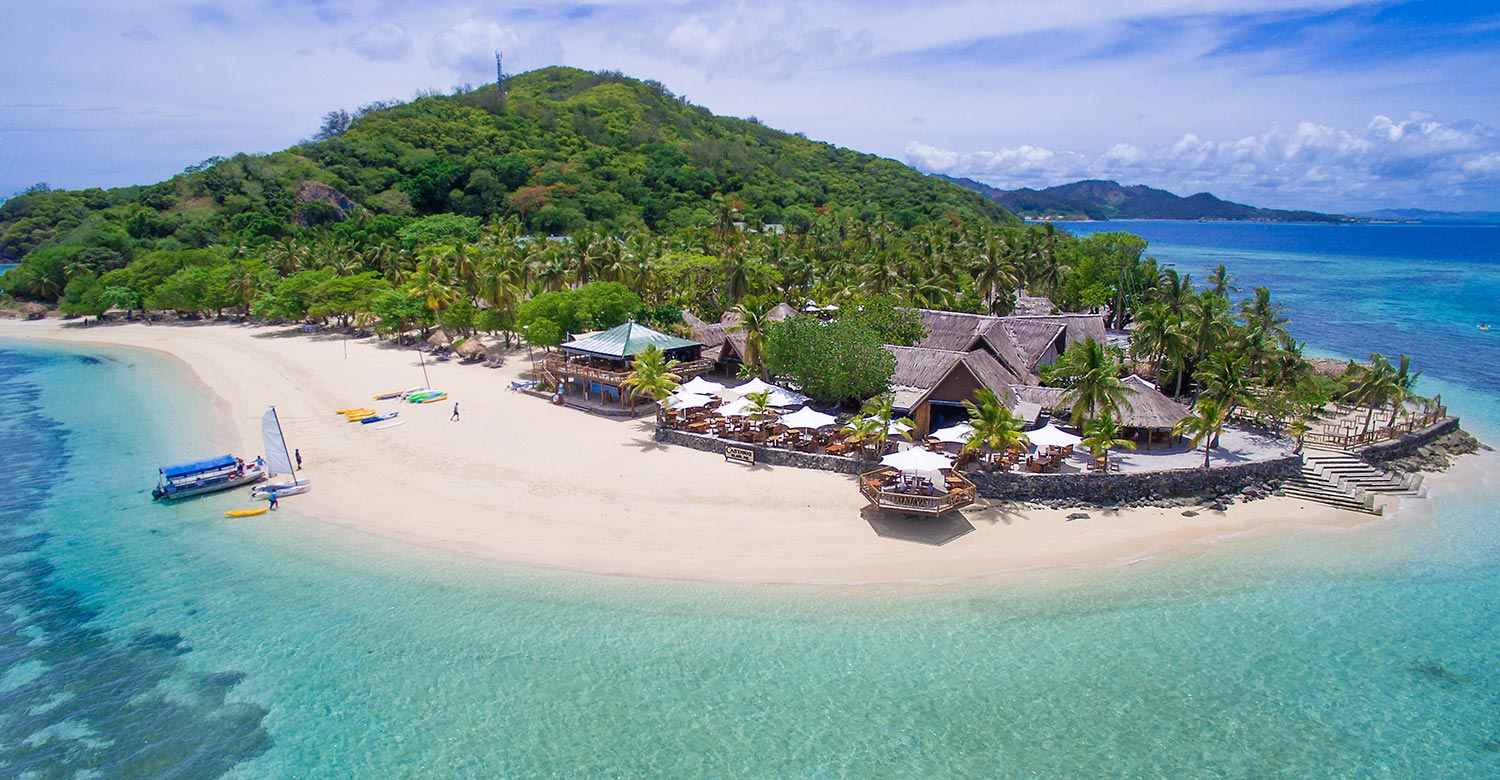
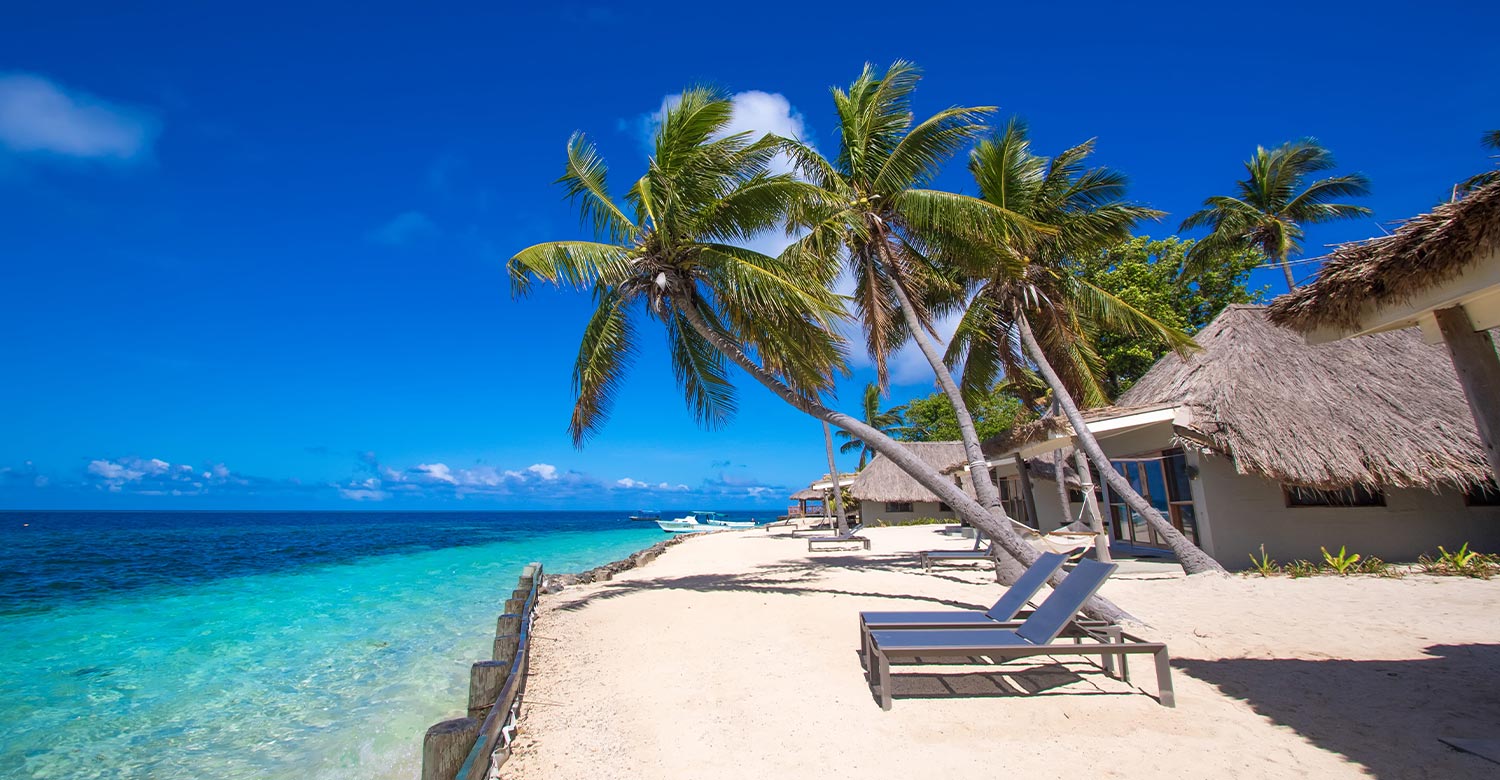
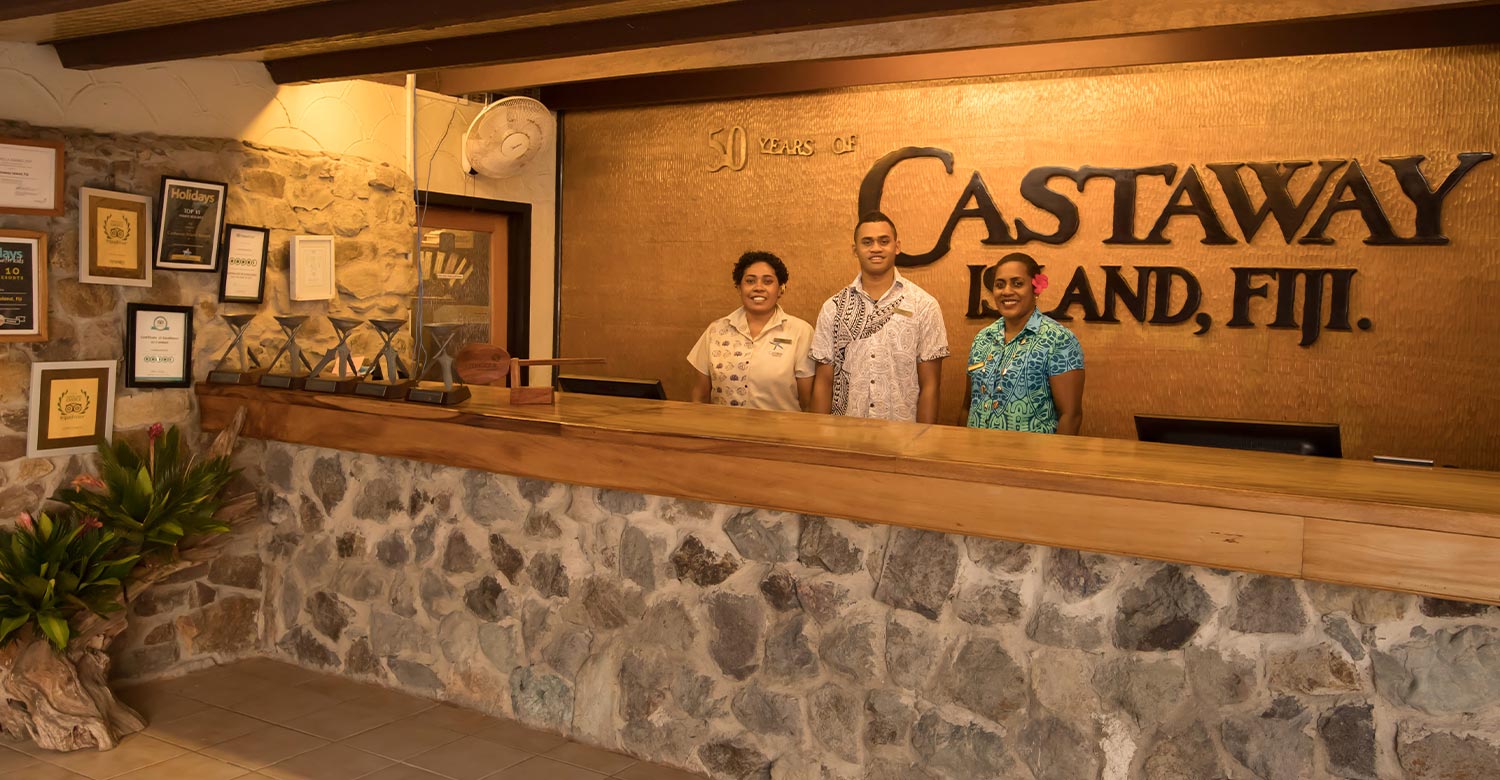
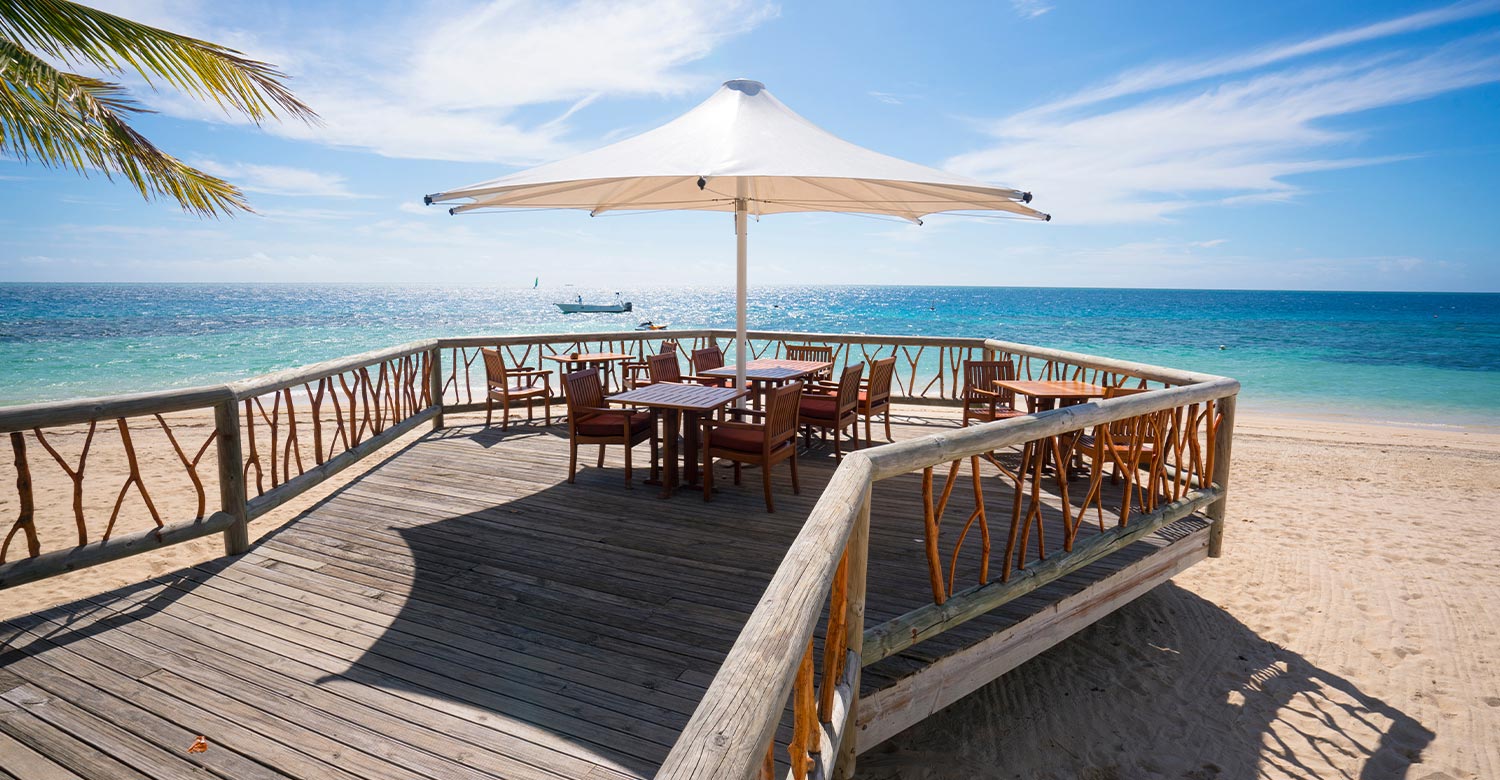
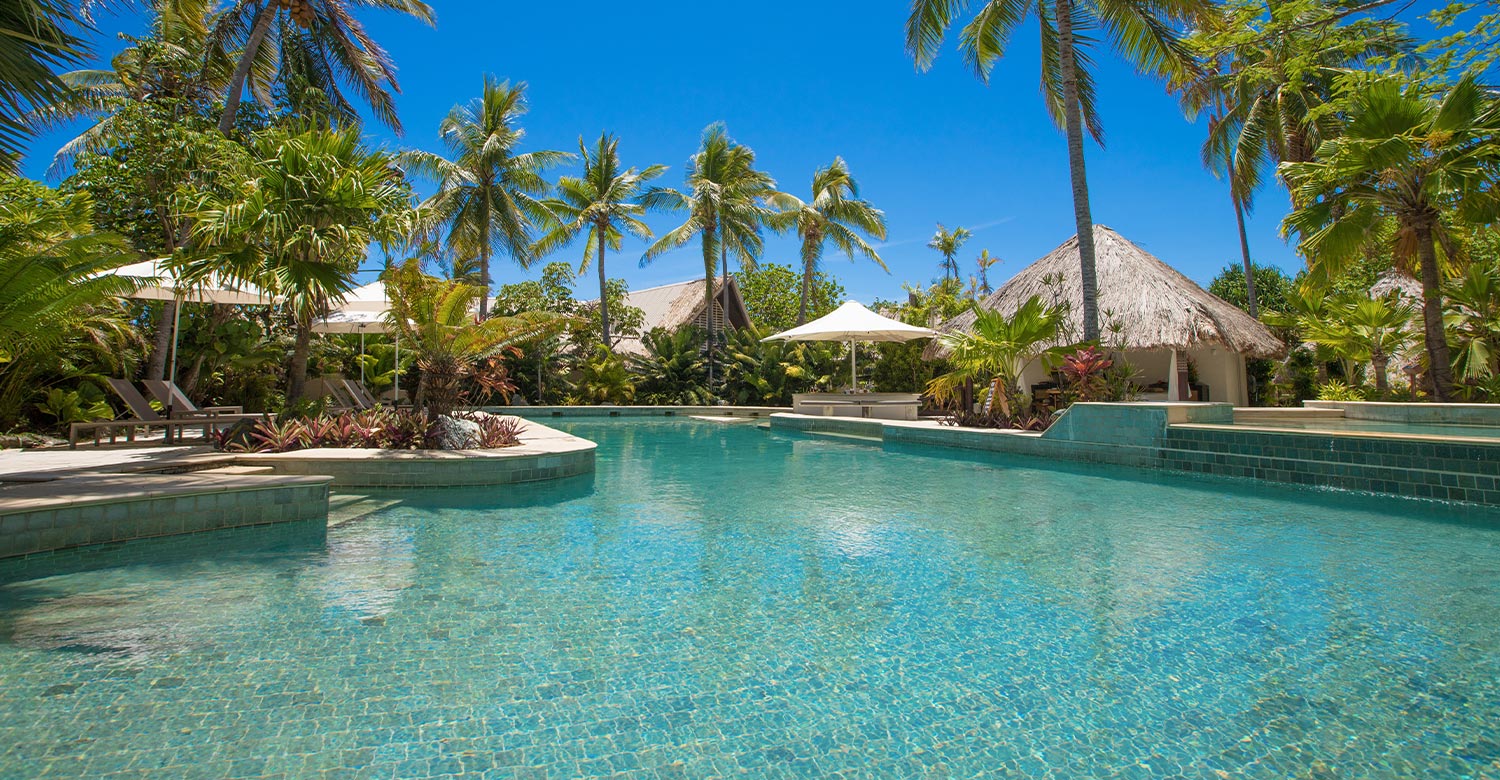
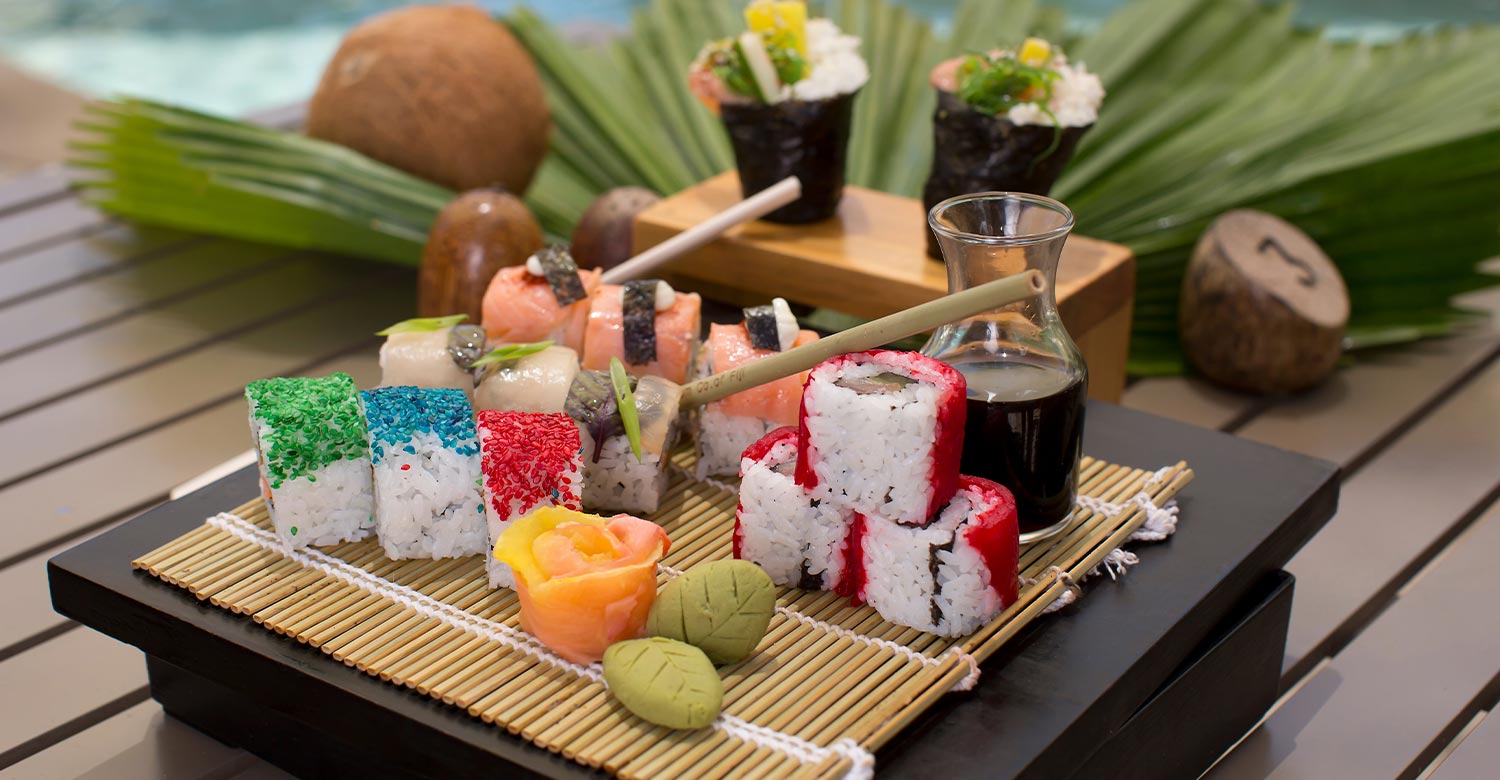

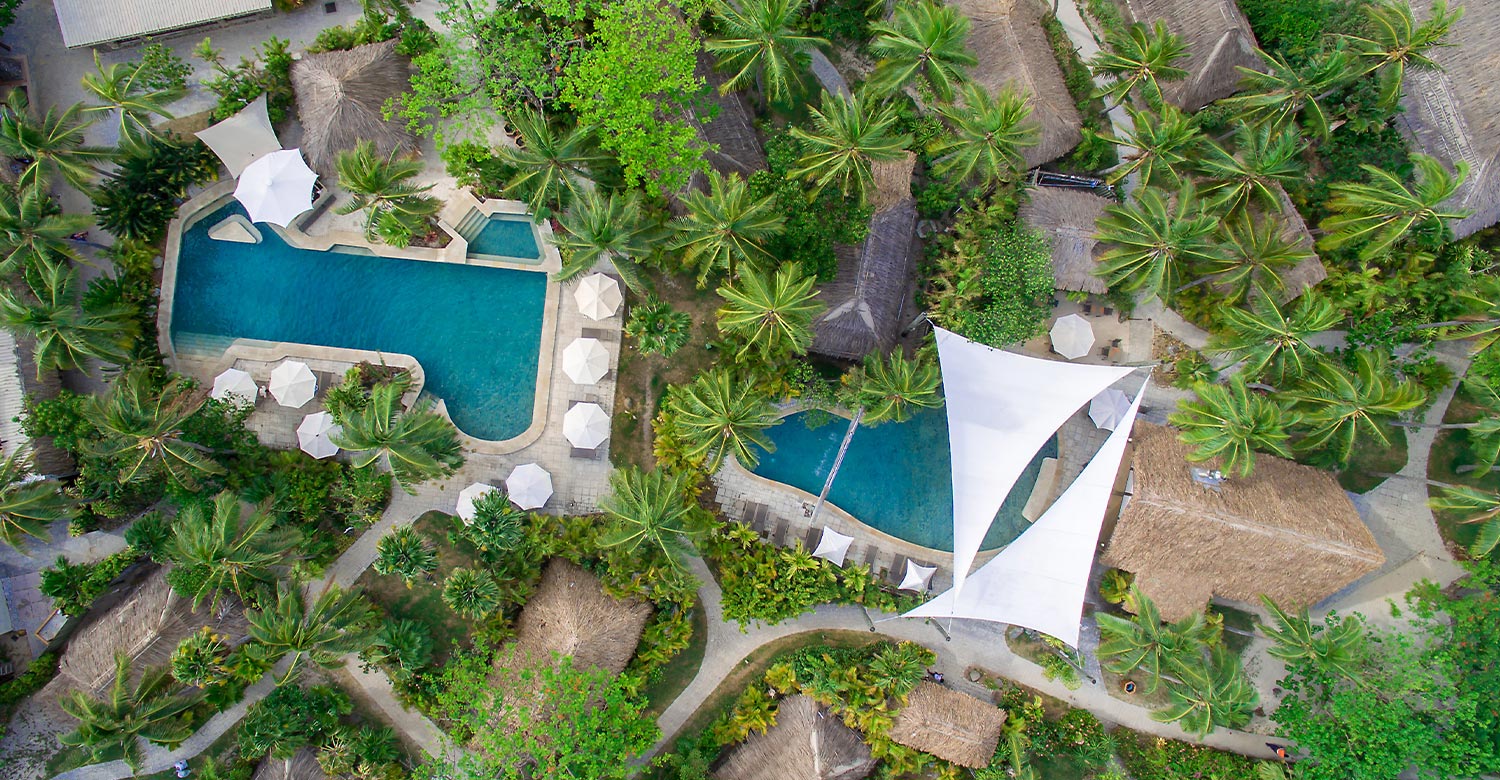








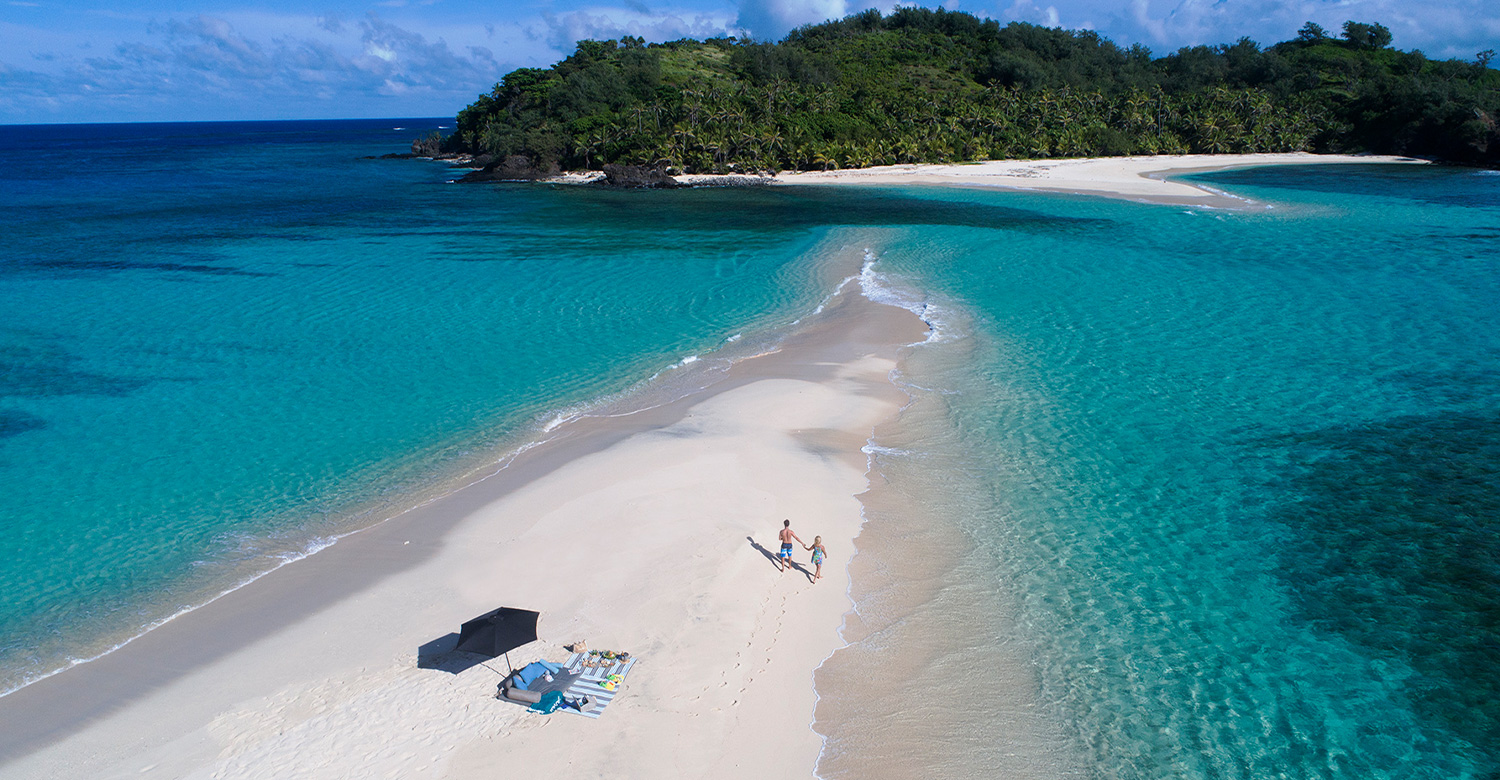

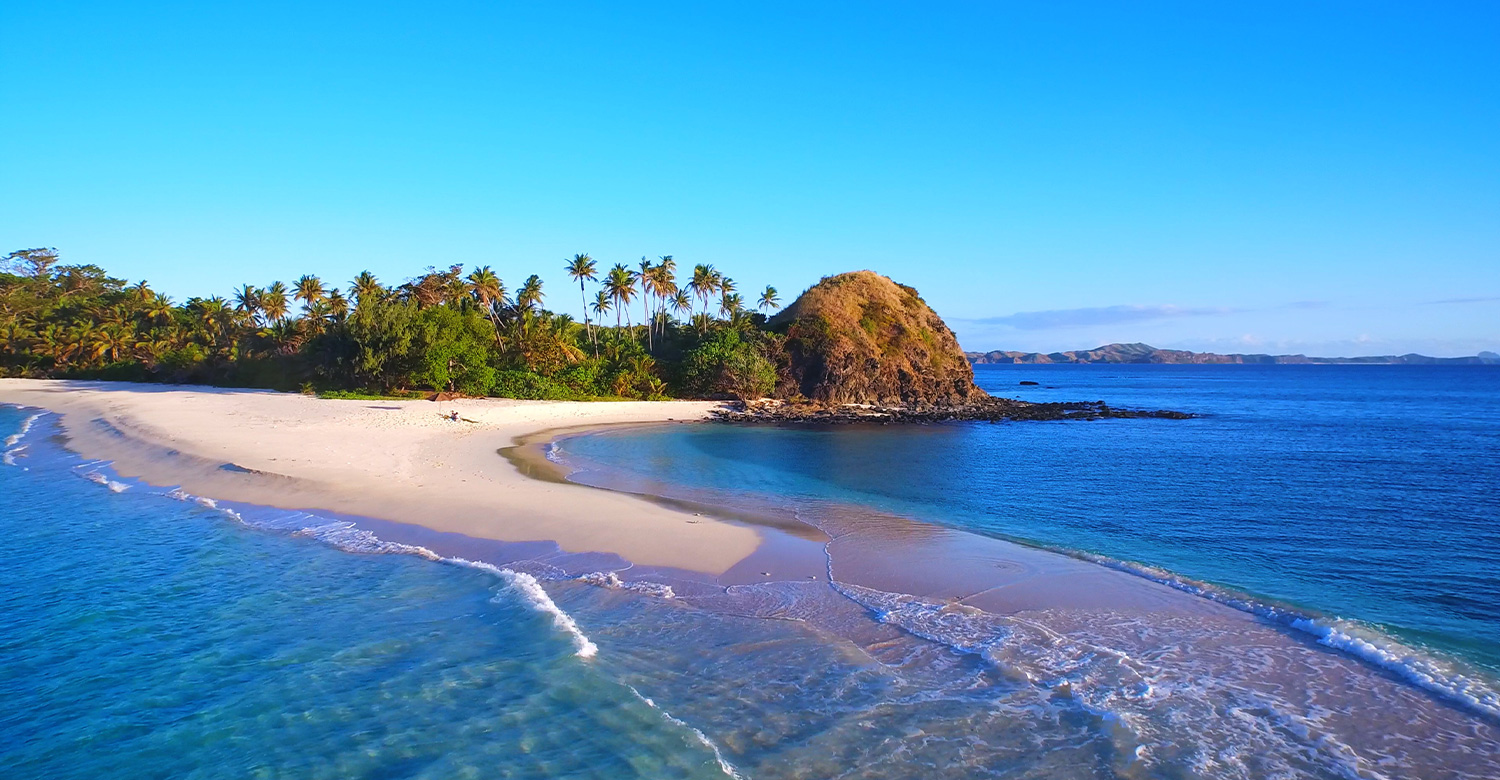
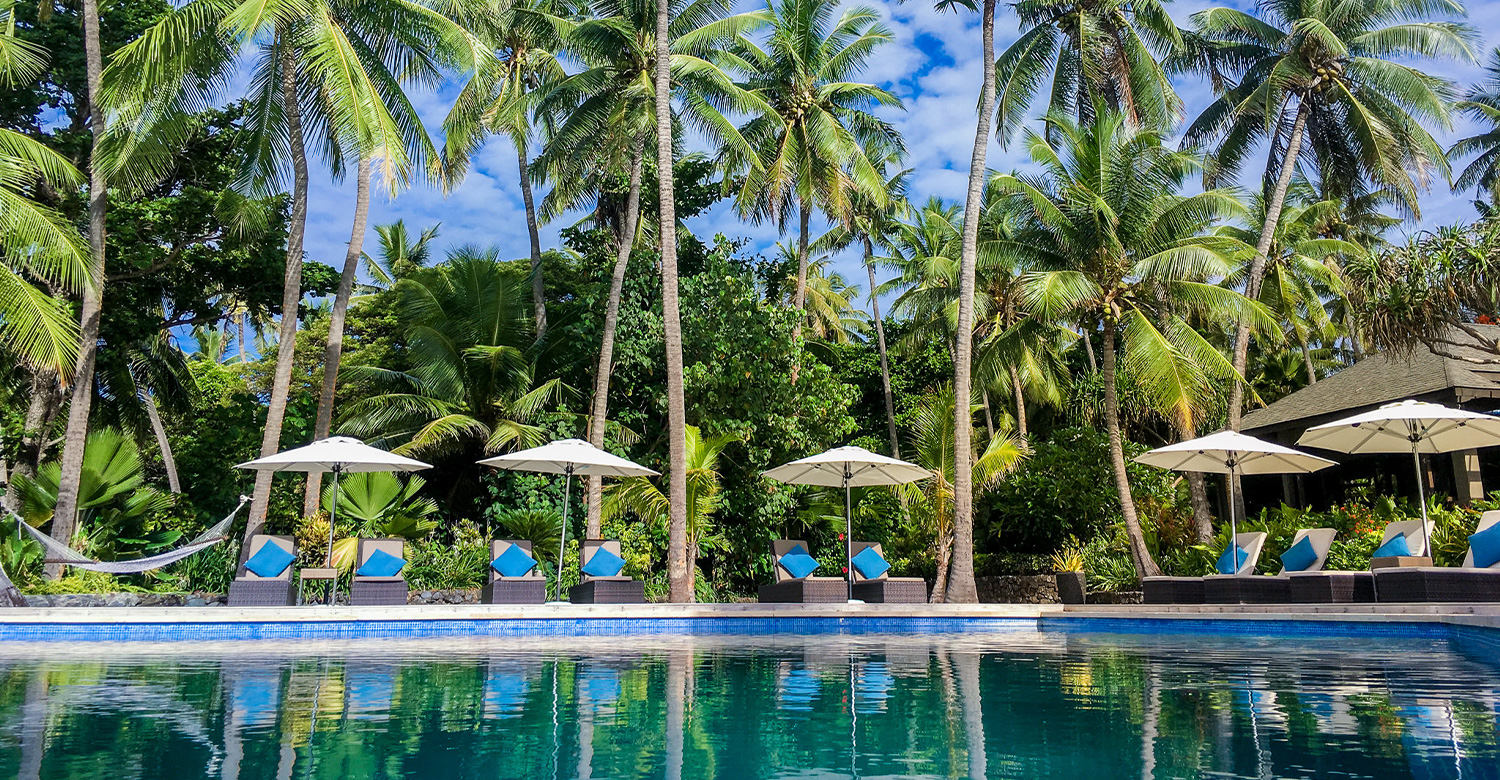
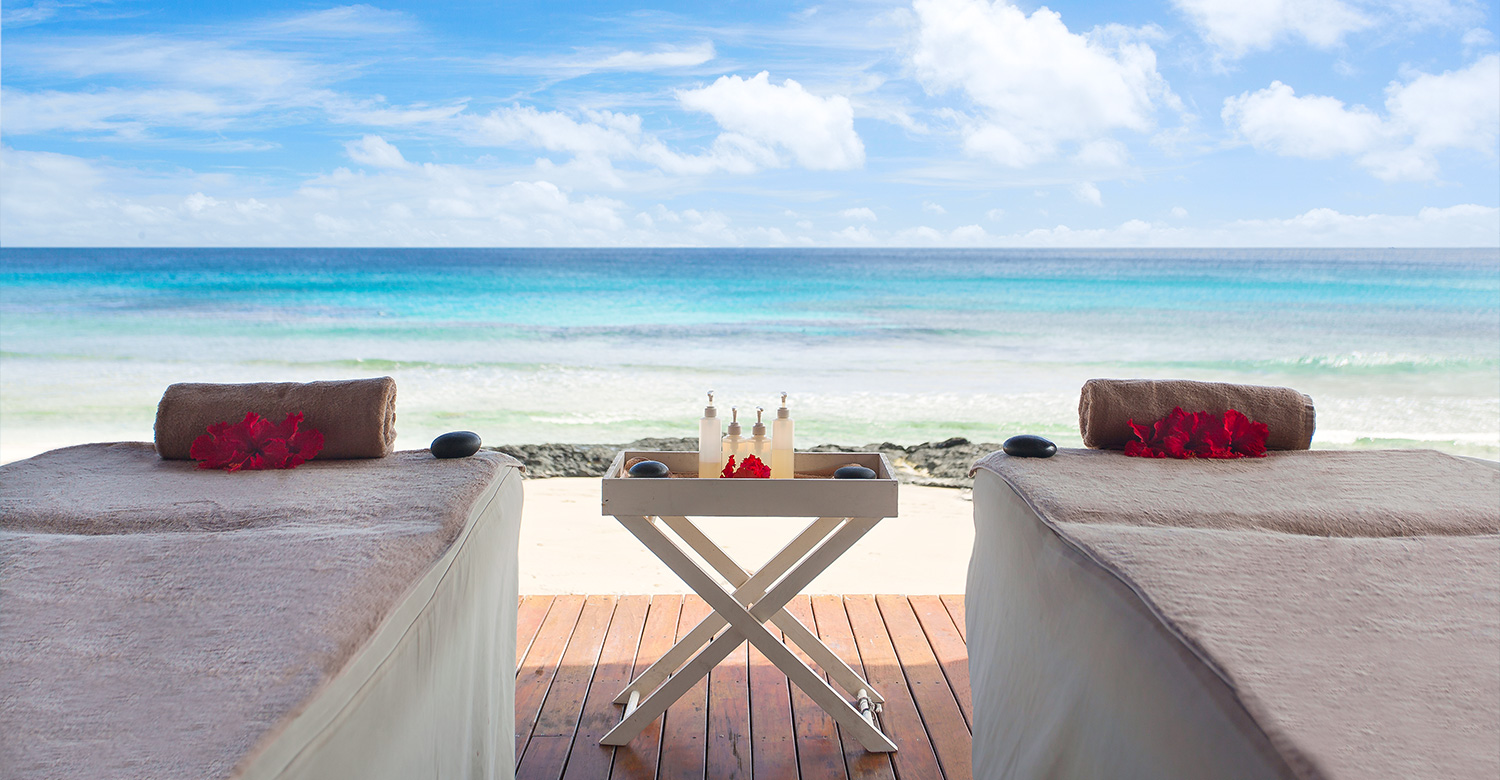
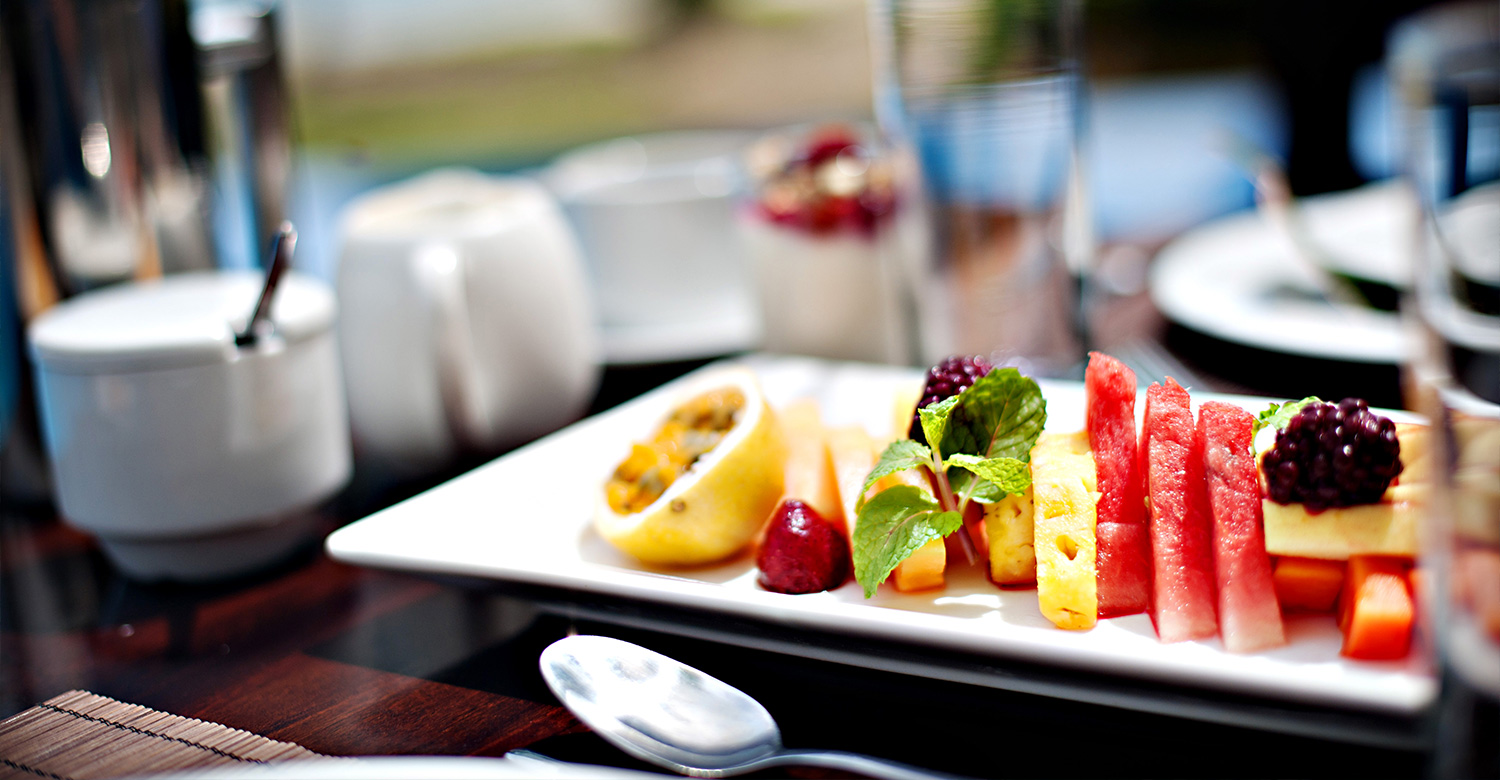
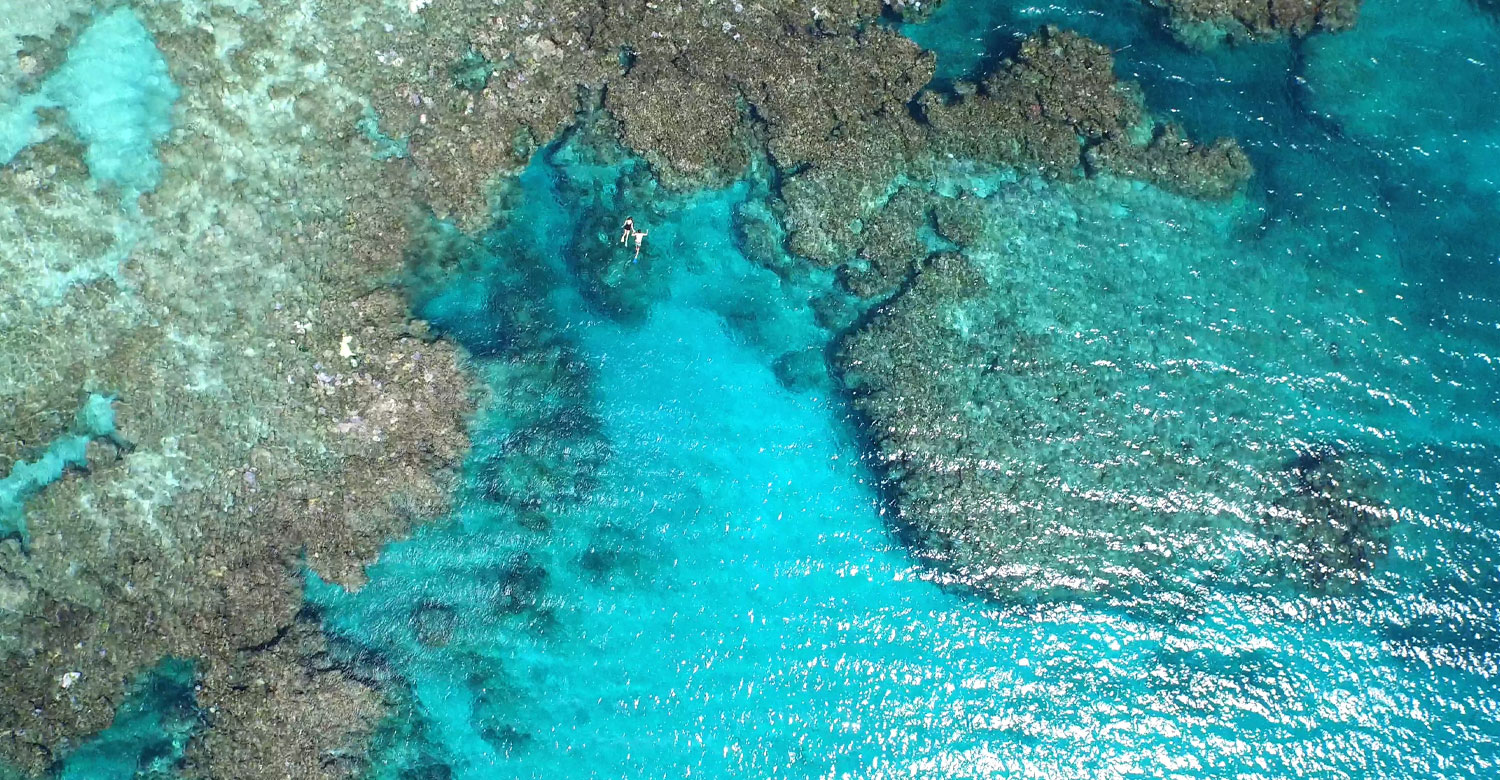
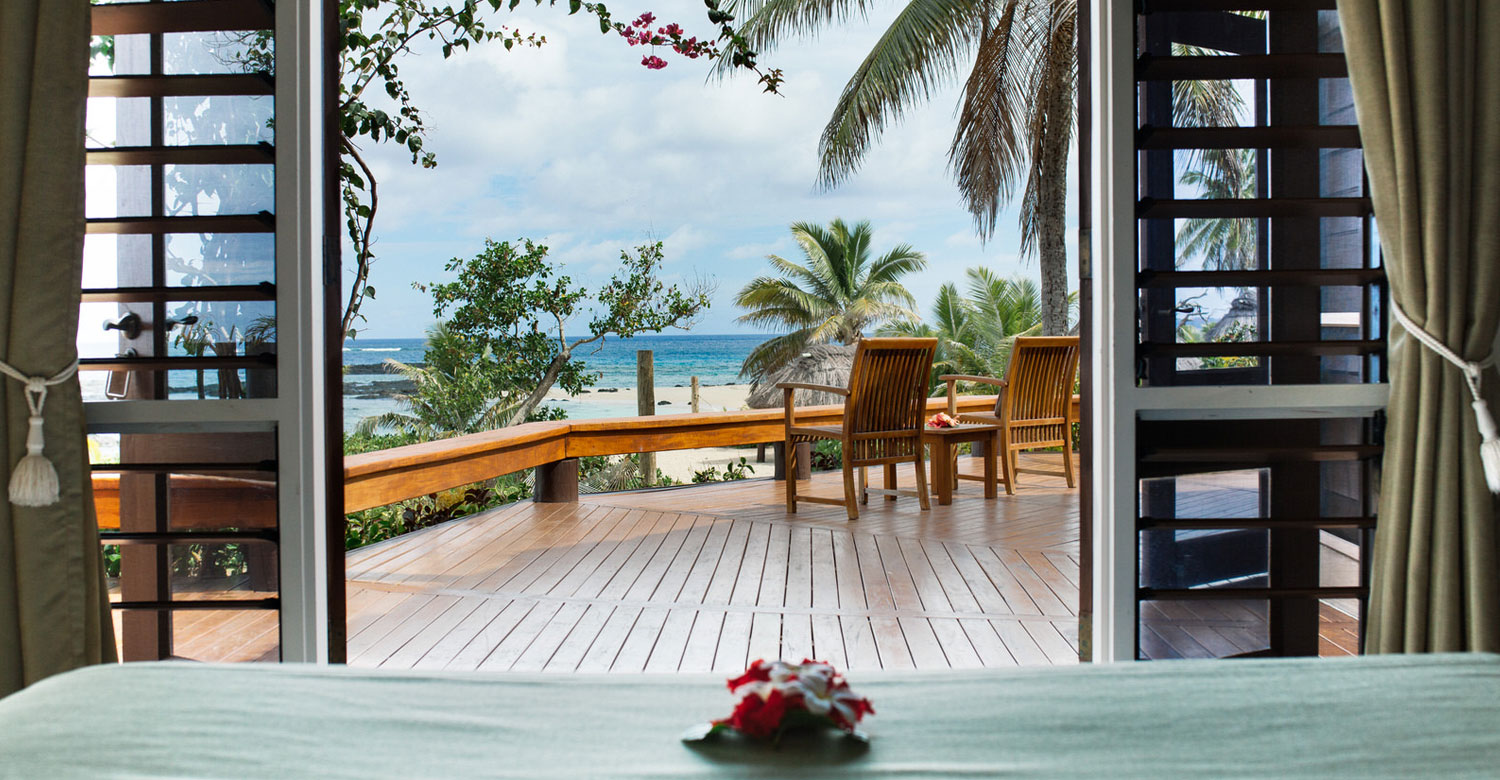
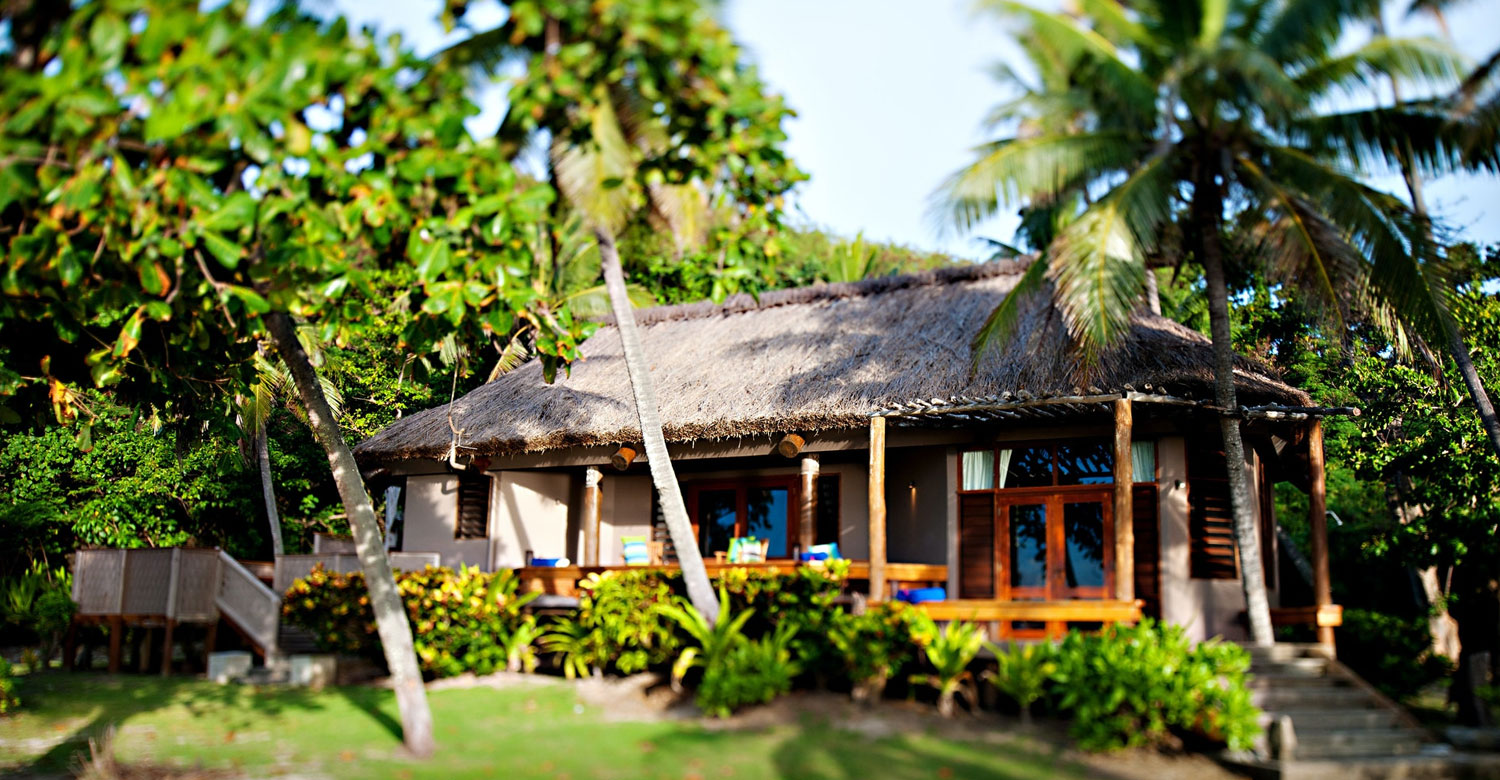
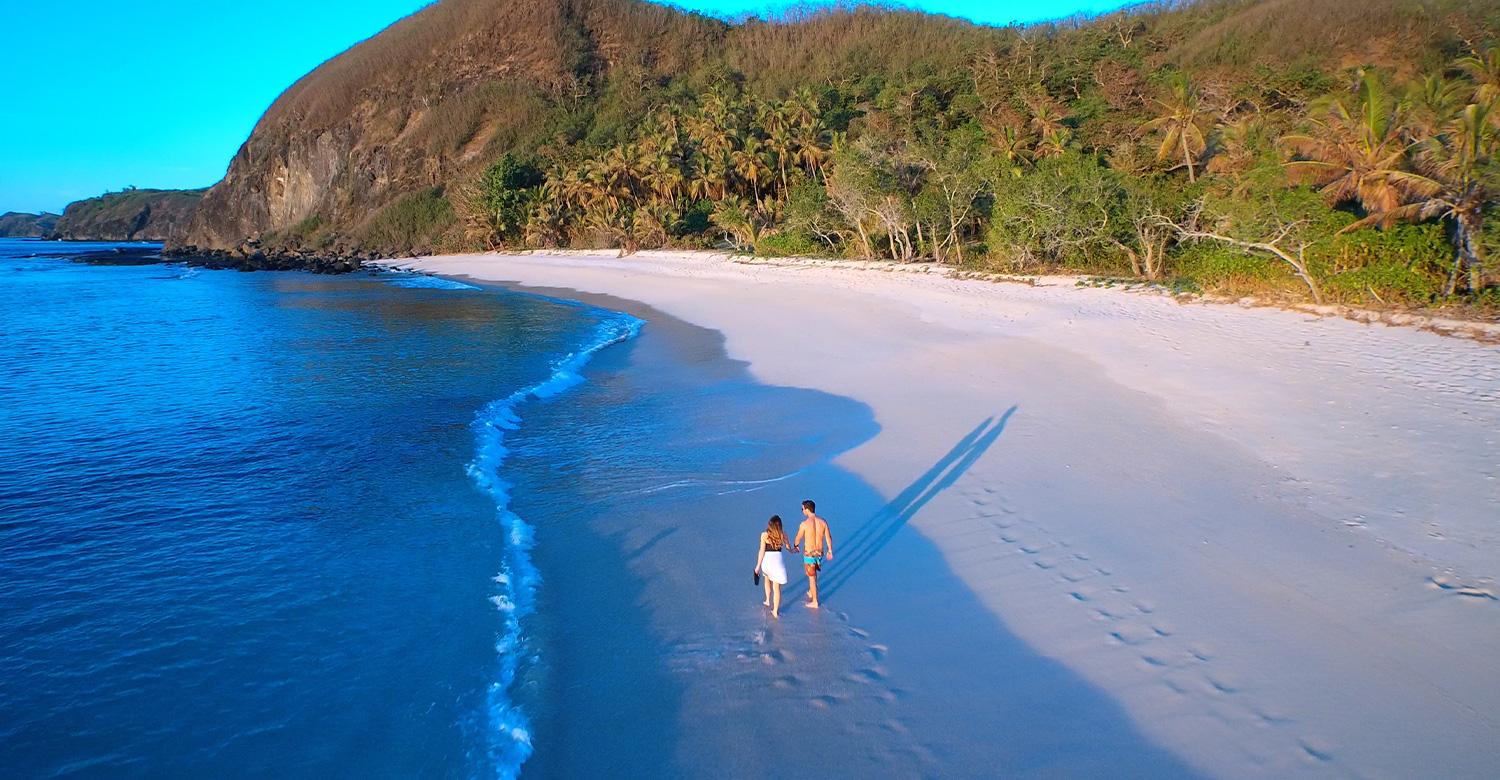
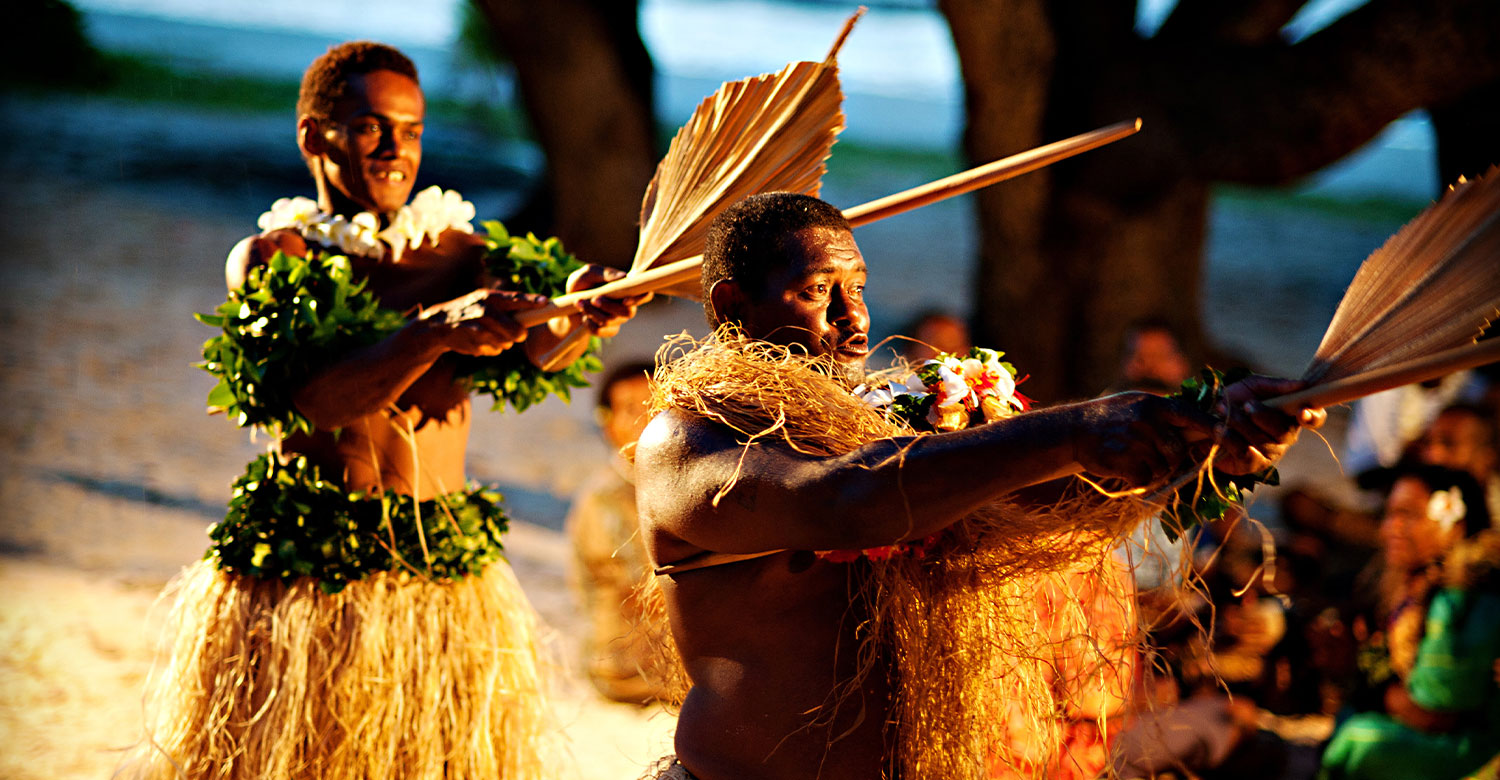
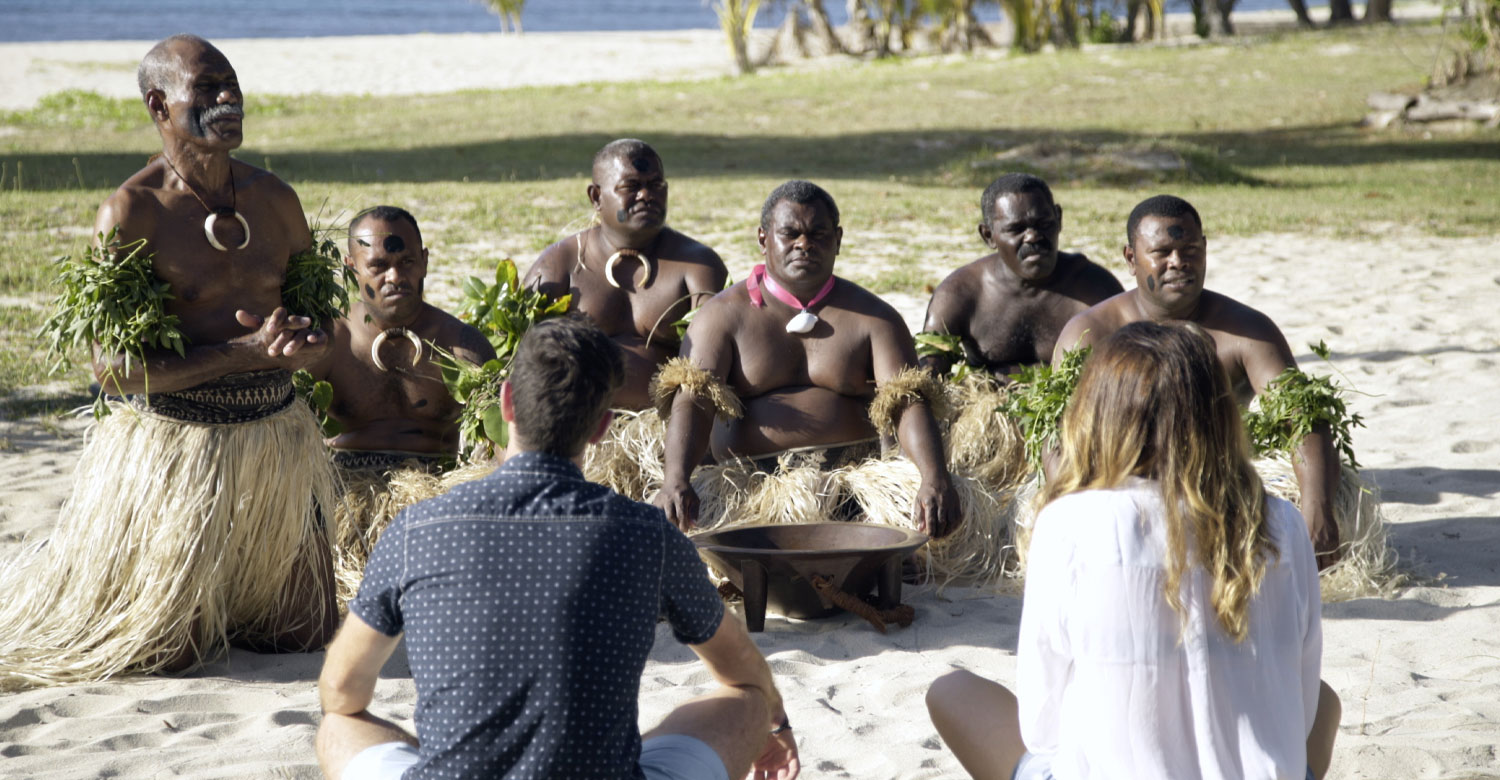






























_1500x780.jpg?auto=format)

_1500x780.jpg?auto=format)


_1500x780.jpg?auto=format)

_1500x780.jpg?auto=format)



























